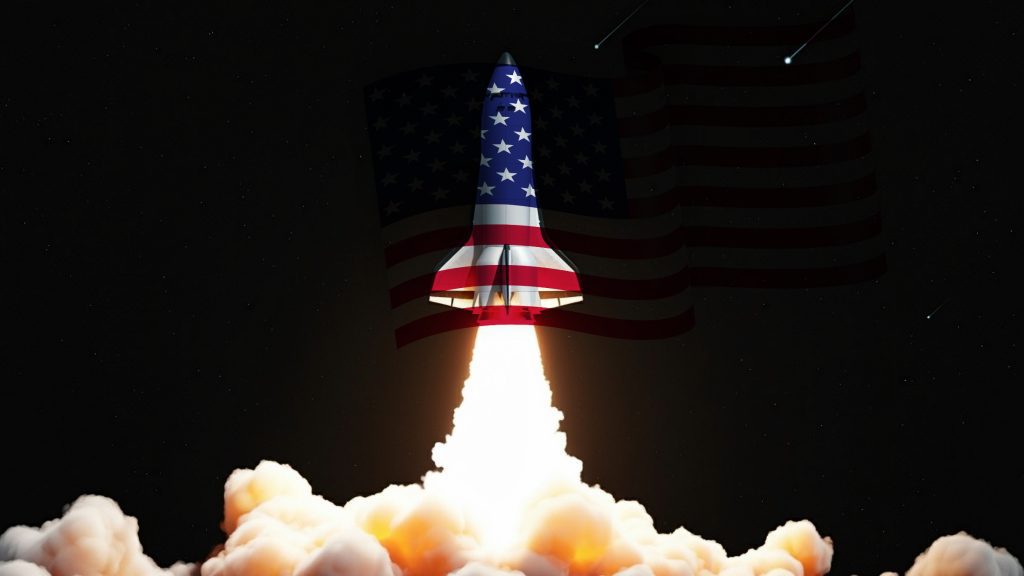
The innovation in space in the United States has now entered a different trajectory, dominated by innovations in cloud computing and artificial intelligence.
Just a decade ago, the space world was dominated by multibillion-dollar, very large satellites which supplied to military, intelligence, and civil missions.
These satellites were innovated at very slow charges, until the space environment underwent revolutionary changes.
The Rise of Small Satellites and Commercial Space
In recent years, the commercial space sector has exploded with the arrival of smaller, more affordable satellites, many no larger than a shoebox.
Thousands of these small satellites are launched annually, with private capital powering much of the innovations in space science.
This shift has allowed the space economy to progress at the speed of Silicon Valley, creating jobs and generating tax revenue. Whereas previously, such changes were frowned upon by agencies such as the Space Force and the Space Development Agency, today they are fully on board with the greatest innovations in space travel.
Challenges to Innovation in the Government Space Sector
Whereas the US has become a leader in space innovation, one evident block remains, the US space force strategy to pace with the private sector.
Fast-moving technologies cannot be well-managed via the more traditional, centralized approaches leveraged by the government. Policymakers-though well-intentioned in their desires to force innovation-oftentimes have little insight into how private companies work or how, exactly, money is managed in space.
Public-Private Space Collaboration
Confronting these challenges requires the Pentagon to develop closer links with the financial sector.
That is because such a partnership represents the development of flexibility in military space operations, like the velocity and flexibility of the commercial sector.
The US could tap into the competitive, market-driven dynamic of private enterprise and maintain its leadership in the exploration of space and innovation.
The Miami Space Summit
In the face of all these innovation in space challenges, the US Chamber of Commerce is hosting a first-of-its kind event, the Miami Space Summit to nurture the public-private space collaboration along with financial experts.
John Neal of the Chamber added weight to that goal, through dialogue, clearing the hurdles in their path, to secure the future of the US space economy.
Featured speakers will include General Mike Guetlein, Vice Chief of Space Operations and Joanna Welsh, Chief Risk Officer at Citadel, discussing the capital risk of space. Private equity leader Kirk Konert also will address the role of private investment in space.
Final Thoughts
The future of the US space economy will be a function of aligning private sector innovation with government needs.
Success will be about collaboration, adaptability, and willingness to rethink old processes, keeping the US ahead for many years to come in leading innovation in space technology.
Inside Telecom provides you with an extensive list of content covering all aspects of the tech industry. Keep an eye on our Tech sections to stay informed and up-to-date with our daily articles.